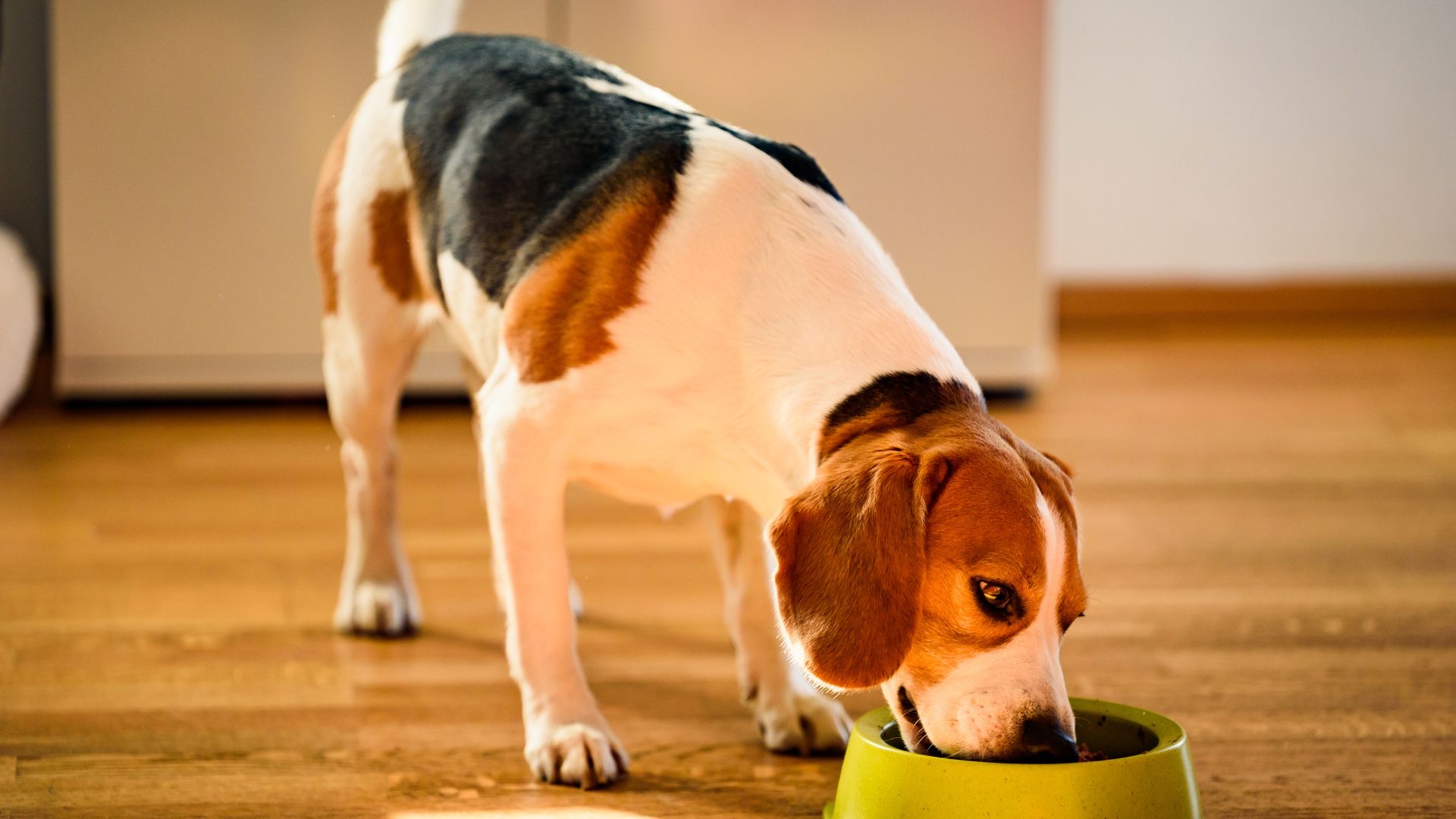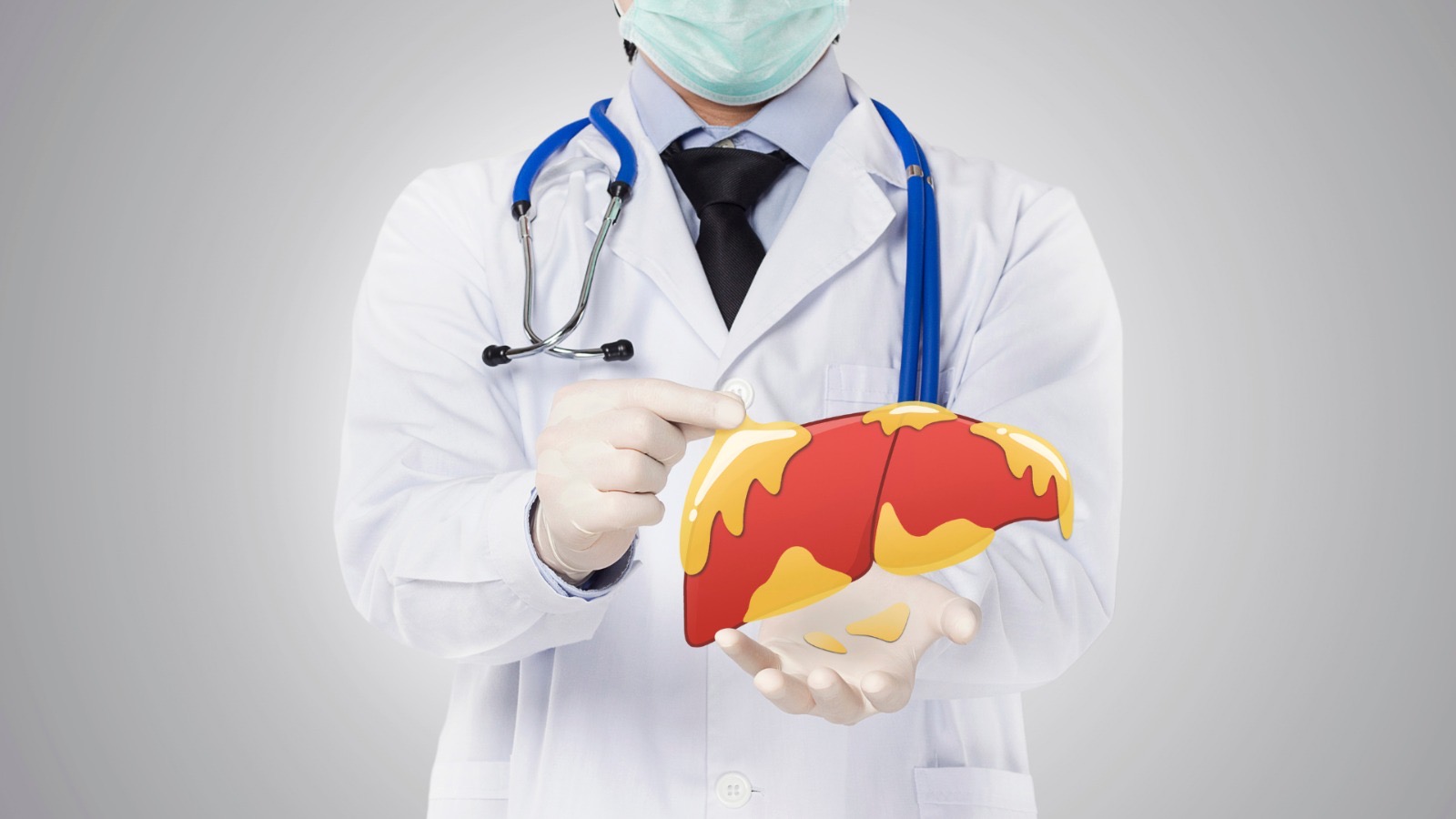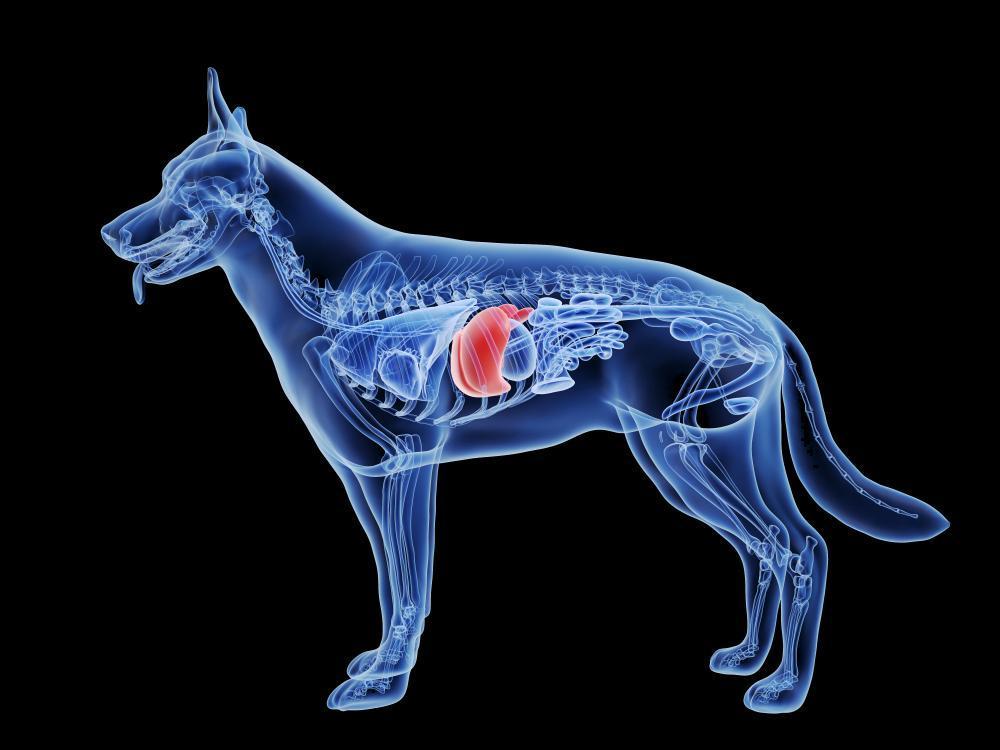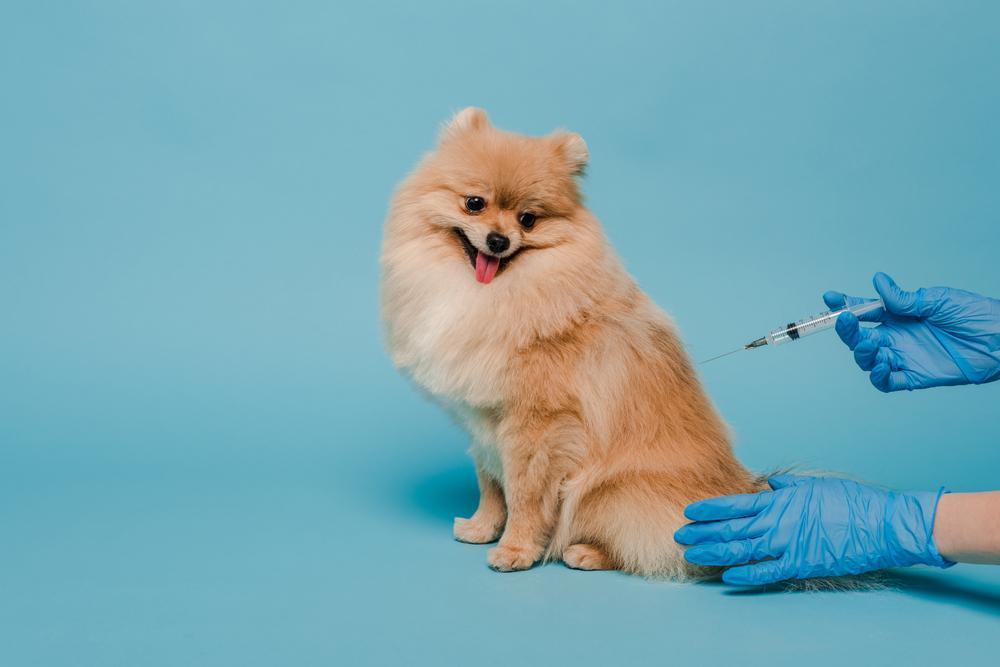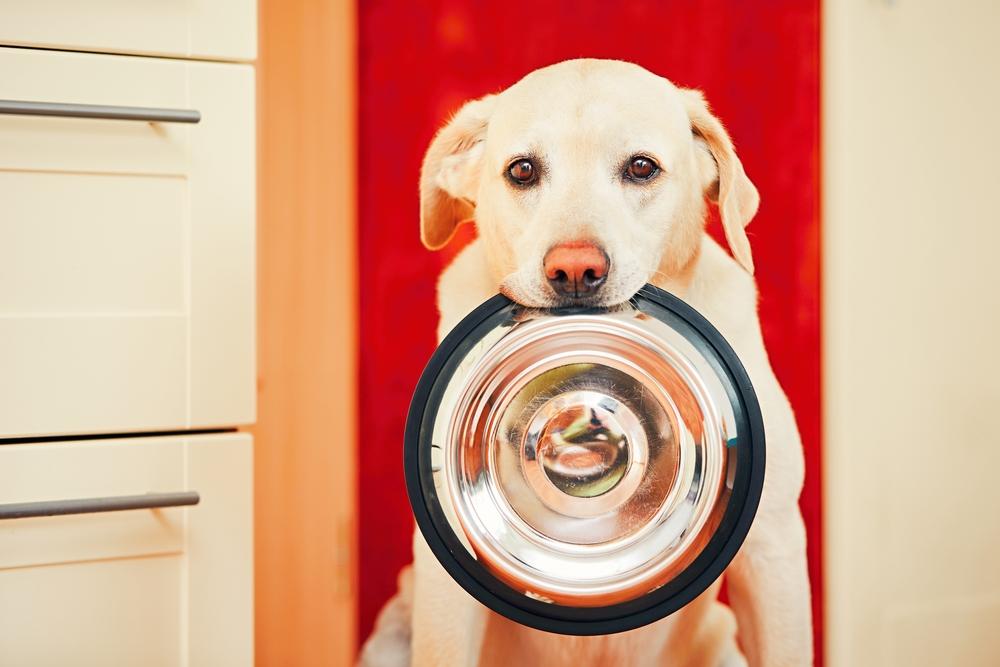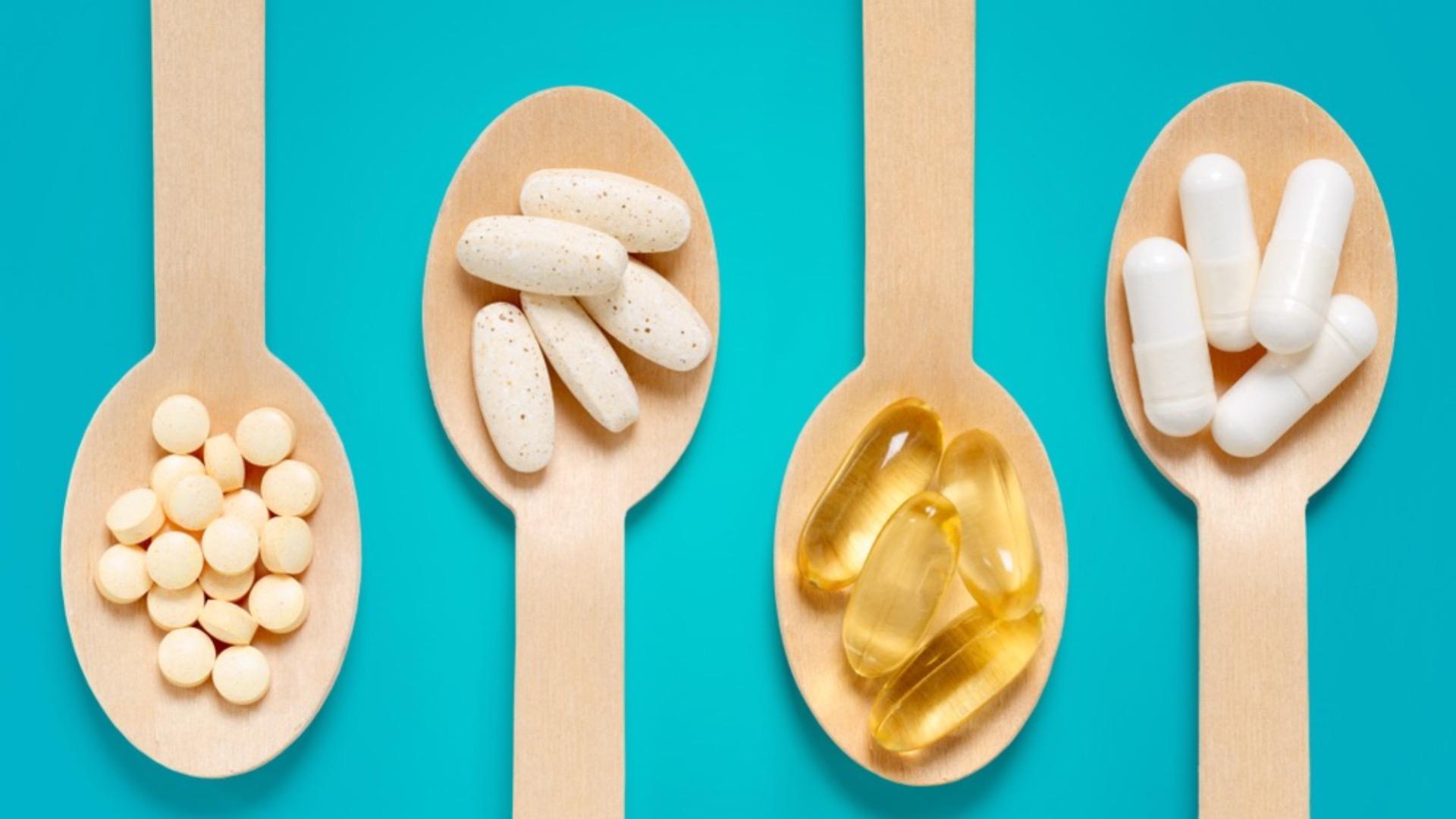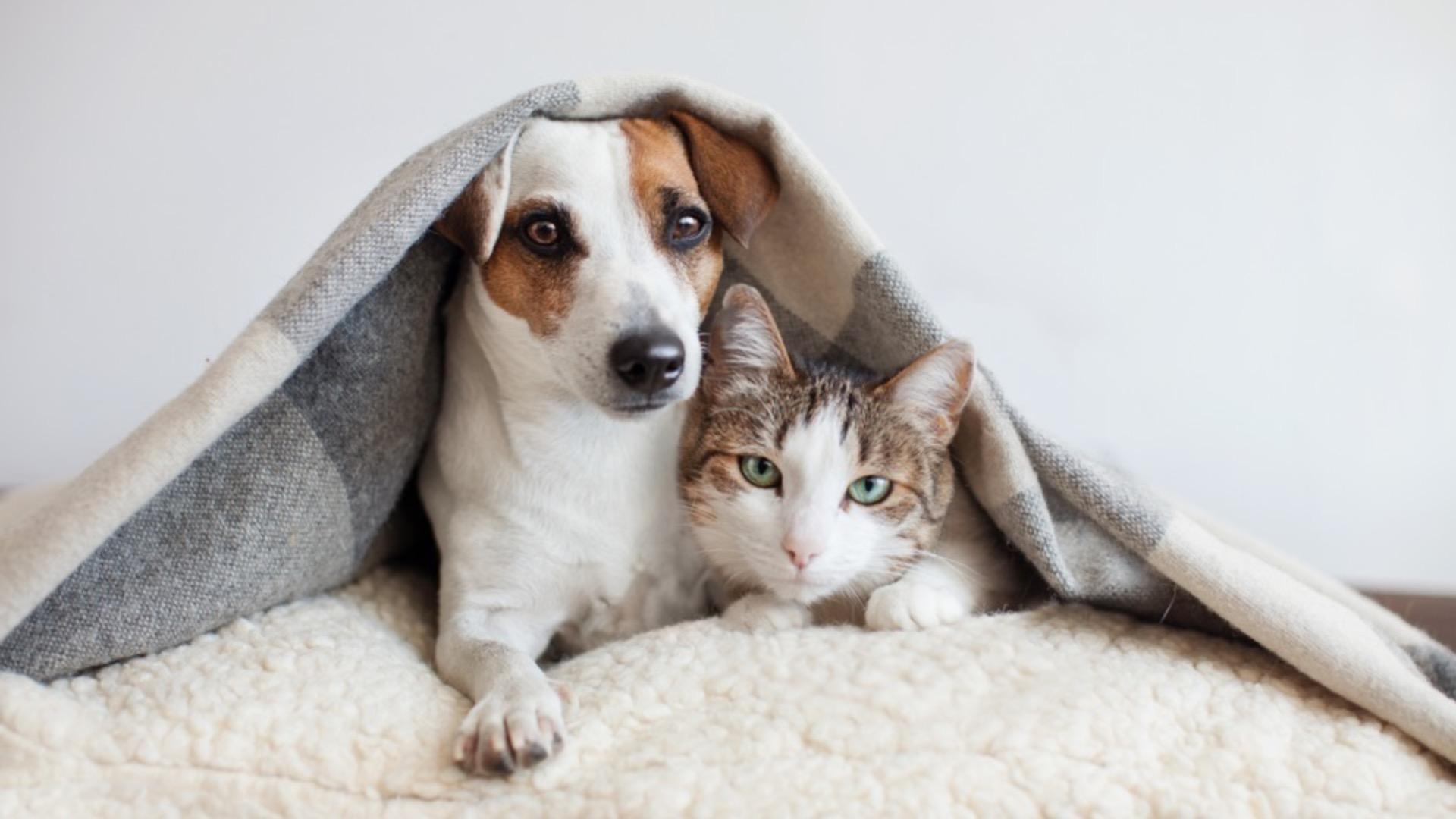Here at My Pet Nutritionist we often describe the liver as the body’s powerhouse, and there are some very good reasons for this. When it goes wrong it can go very wrong, but for us to understand why, we first need to know the function of the liver. So here it is, our brief guide to liver function in pets.
What is the Liver?
The liver is one of the largest organs in the body. It has some super metabolic functions. It converts the nutrients in the diet into substances that the body can use, stores these substances, and supplies cells with them when needed.
In addition, it also takes up toxic substances and converts them into harmless substances or makes sure they are released from the body.
Liver tissue is made up of lots of smaller units of liver cells called lobules. Many canals carrying blood and bile run between the liver cells.
Blood coming from digestive organs flows through the portal vein to the liver, carrying nutrients, medication, and also toxic substances. Once they reach the liver, these substances are processed, stored, altered, detoxified, and passed back into the blood or released in the bowel to be eliminated. In this way, for us humans the liver can remove alcohol from our blood and for both us and our pets, it can get rid of by-products from the breakdown of medications.
With the help of vitamin K, the liver produces proteins that are important in blood clotting. It is also one of the organs that break down old or damaged blood cells.
Main Functions of The Liver
Metabolic Processes
- In fat metabolism the liver cells break down fats to produce energy. Liver cells produce bile which helps the small intestine break down and absorb fats, cholesterol, and those fat soluble vitamins. Bile consists of bile salts, cholesterol, bilirubin, electrolytes, and water.
- In carbohydrate metabolism, the liver helps to ensure that the level of sugar found in the blood (blood glucose) stays constant. If blood sugar levels increase, for example after a meal, the liver removes sugar from blood supplied by the portal vein and stores it in the form of glycogen. If blood sugar levels are too low, the liver breaks down glycogen and releases sugar into the blood.
- In the metabolism of protein, liver cells change amino acids in foods so they can be used around the body, or to produce energy. Ammonia is the by-product of this process, and the liver converts ammonia to a less toxic product known as urea. This is released into the blood and then transported to the kidneys to pass out of the body in urine.
Absorbing and Metabolising Bilirubin
Bilirubin is an orange-yellow pigment, a waste product primarily produced by the normal breakdown of haem, which is a component of a protein called haemoglobin. Haemoglobin is found in red blood cells and gives them their characteristic red colour and is used to carry oxygen round the body. Bilirubin is ultimately processed by the liver to allow its elimination from the body. High levels of bilirubin can cause yellowing of the skin and eyes and can be harmful to the body.
Supporting Blood Clots
Vitamin K is necessary for the creation of coagulants that help clot the blood. Bile is essential for vitamin K absorption and is created in the liver. If the liver does not produce enough bile, clotting factors cannot be produced.
Vitamin and Mineral Storage
The liver stores vitamins A, D, E, K, and B12. The liver stores iron from haemoglobin in the form of ferritin, ready to make new red blood cells. The liver also stores and releases copper (which is why copper toxicity in dogs is associated with liver failure).
Filters the Blood
The liver filters and removes compounds from the body, this includes those synthesised in the body like hormones and also those from outside of the body, like medication. Whilst we describe the liver as a powerhouse, we don’t want to overburden it. This is why looking at environmental exposure of harmful compounds is crucial to supporting our pet’s health.
Does My Pet Need to Detox
Immunological Function
The liver is part of the mononuclear phagocyte system. It contains high numbers of Kupffer cells that are involved in immune activity. These cells destroy any disease-causing agents that might enter the liver through the gut.
Your Pet’s Immune System
Production of Albumin
Albumin is a protein found in the blood. It transports fatty acids and steroid hormones to help maintain pressure and prevent the leaking of blood vessels. It is the higher circulating albumin found in dogs that suggests they possess an increased fat oxidation capacity, in comparison to humans.
Synthesis of Angiotensinogen
This hormone raises blood pressure by narrowing the blood vessels when alerted by production of an enzyme called renin in the kidneys.
Did you know?
In mice, if two thirds of their liver is removed, the remaining tissue can regrow to its original size within 5-7 days! In humans, this process takes slightly longer, but it can still occur. In dogs, the mechanism is thought to occur similarly to that in the mouse., but maximum response is seen after three days, as opposed to 24-hour peak in rat regeneration.
Findings Here
As you can see, there are many reasons why we describe the liver as the powerhouse of the body. It plays a huge role in digestive function, metabolism and even immune function.
Sadly, there are a number of factors that can contribute to its poor function:
- Poor diet
- Stress
- Endocrine disease
- Infectious agents
- Trauma
- Pharmaceuticals
- Vaccinosis
- Copper toxicity
If you would like to learn more about what can go wrong with the liver, check out the following My Pet Nutritionist blogs.
Ultimate Guide to Liver Disease
Vaccinosis
Liver Shunts
If you are concerned about your pet’s health, please check out our services to see if we may be able to help.
Thanks for reading,
Team MPN

